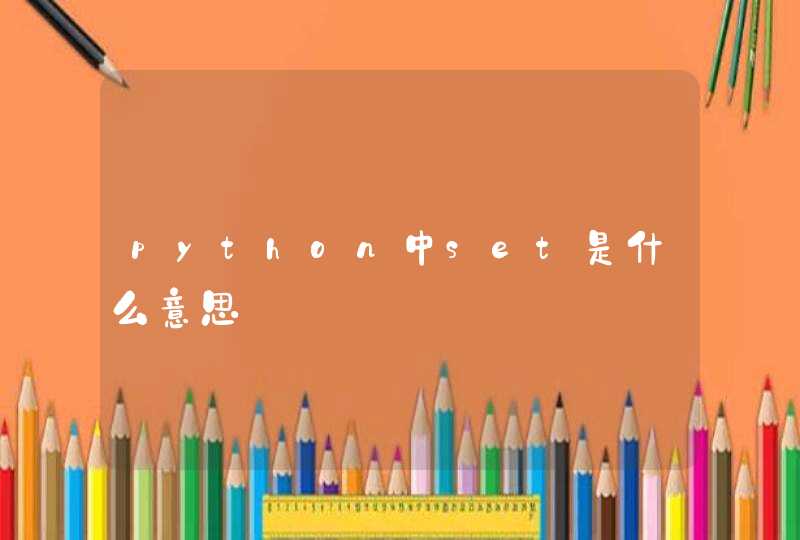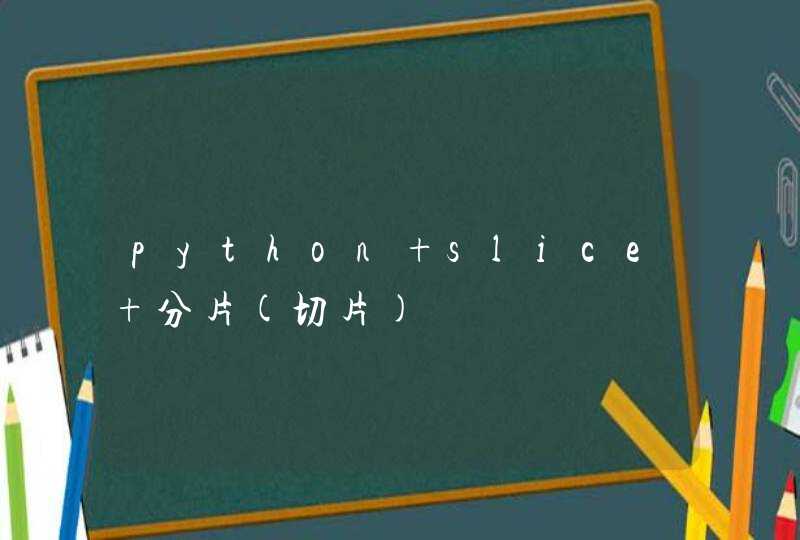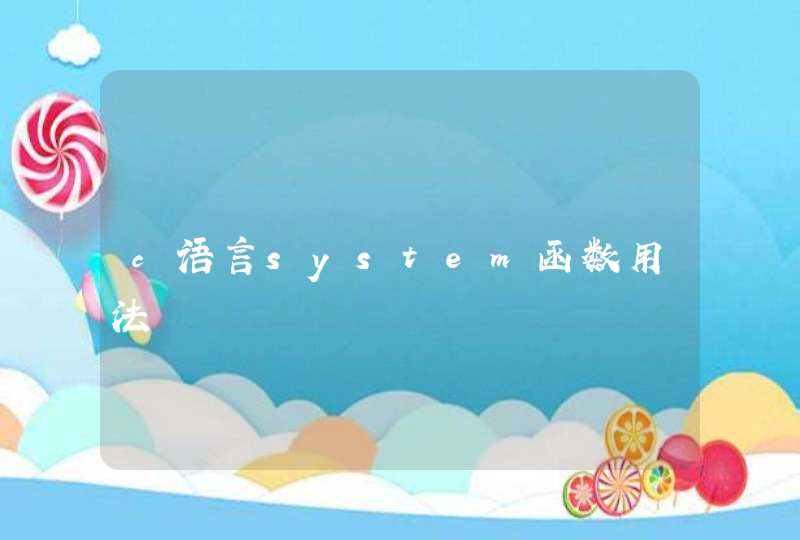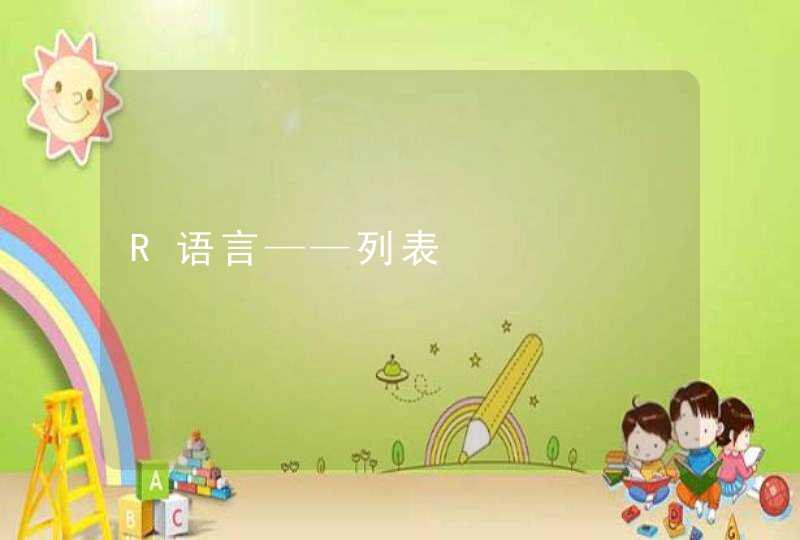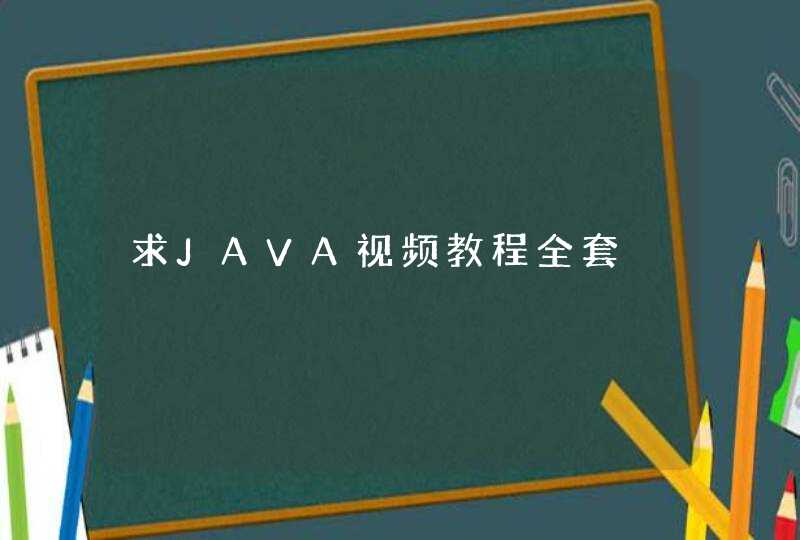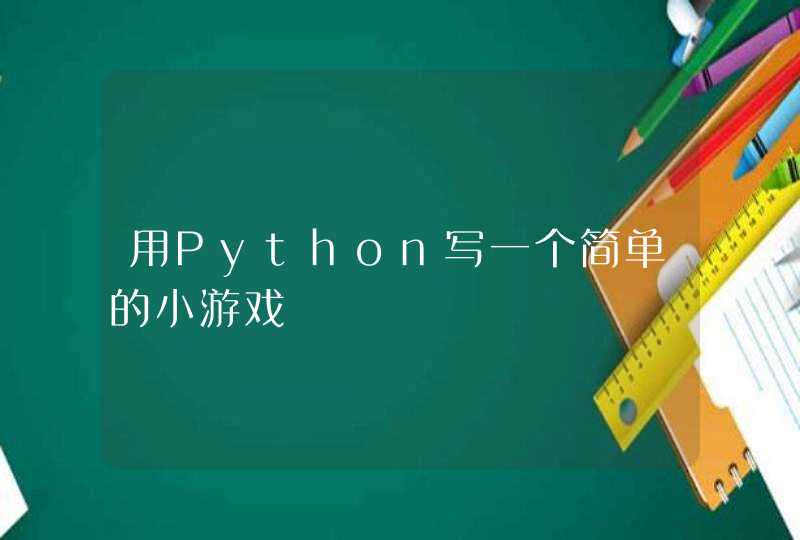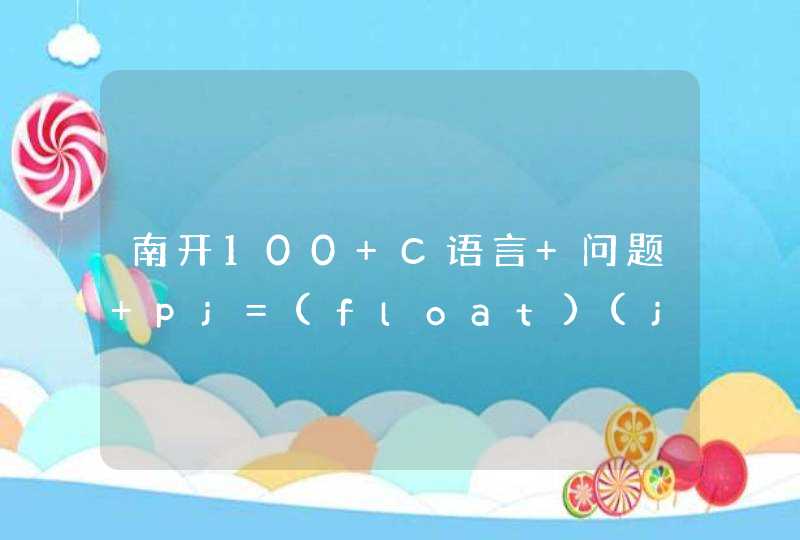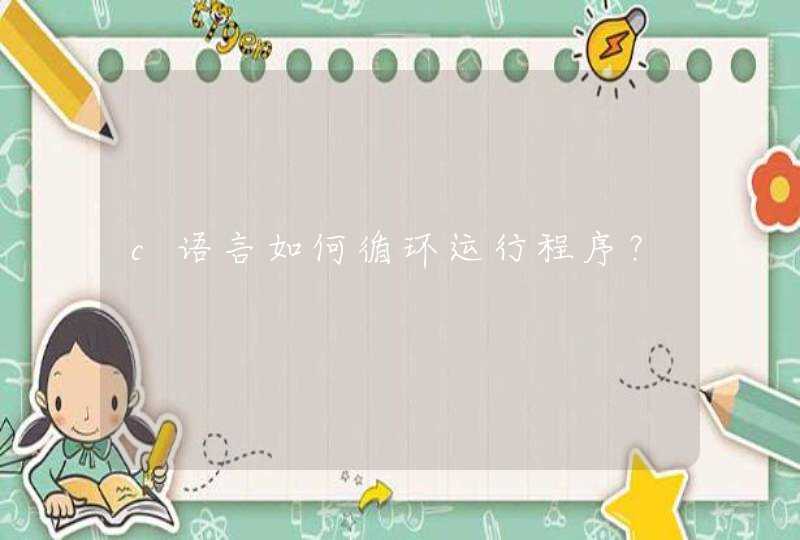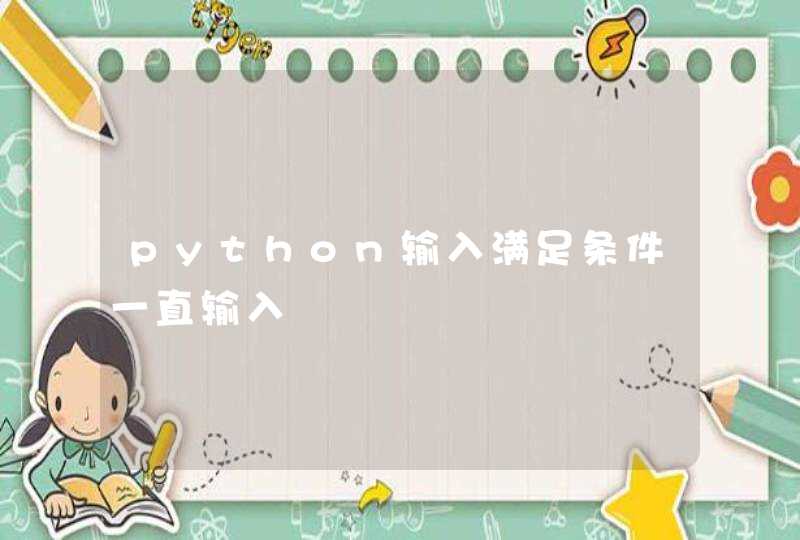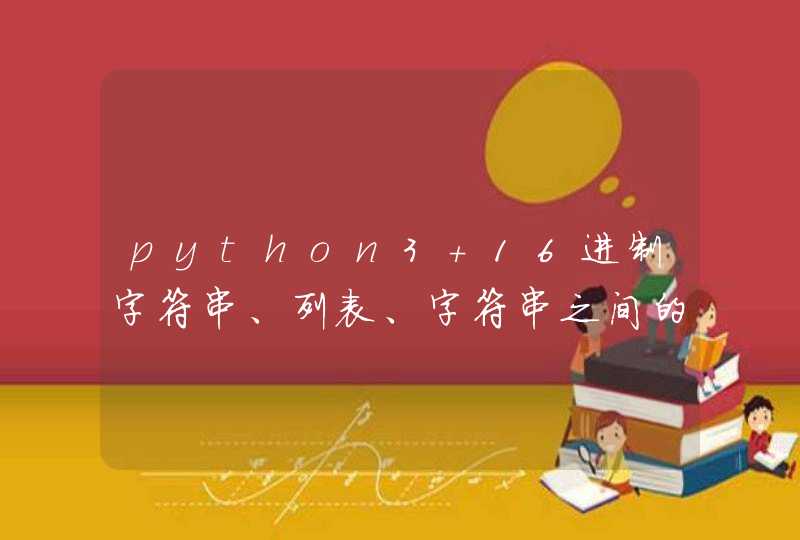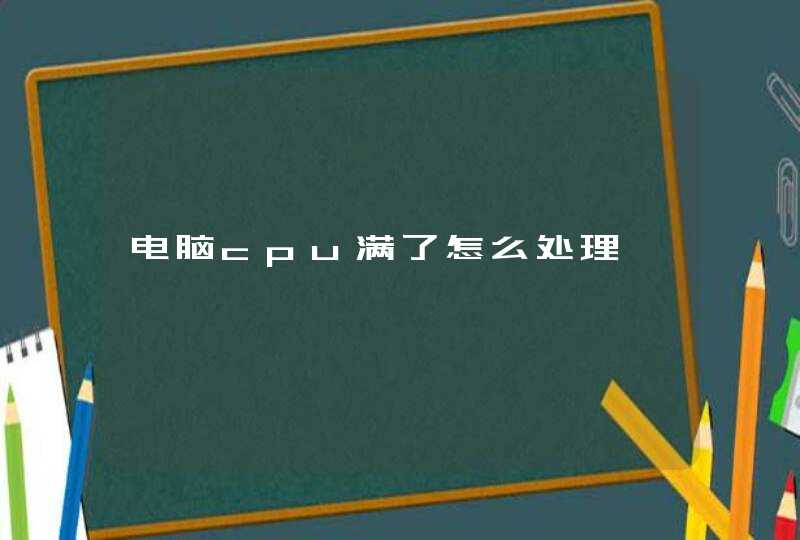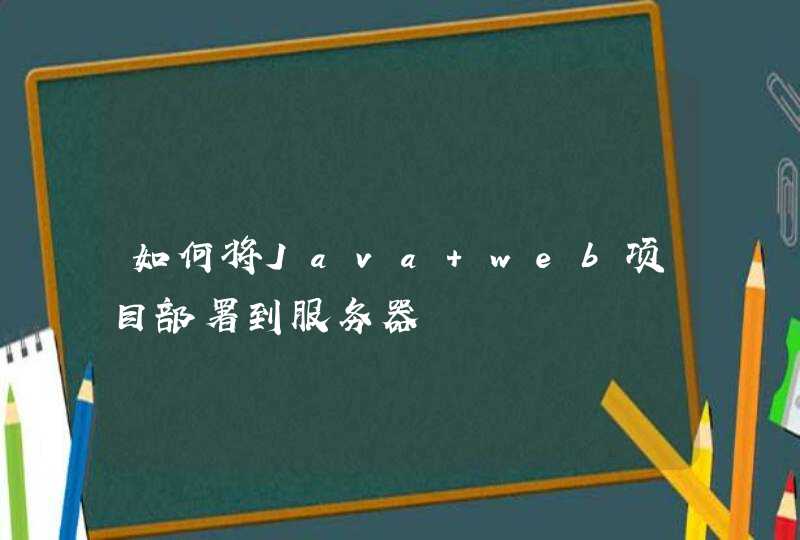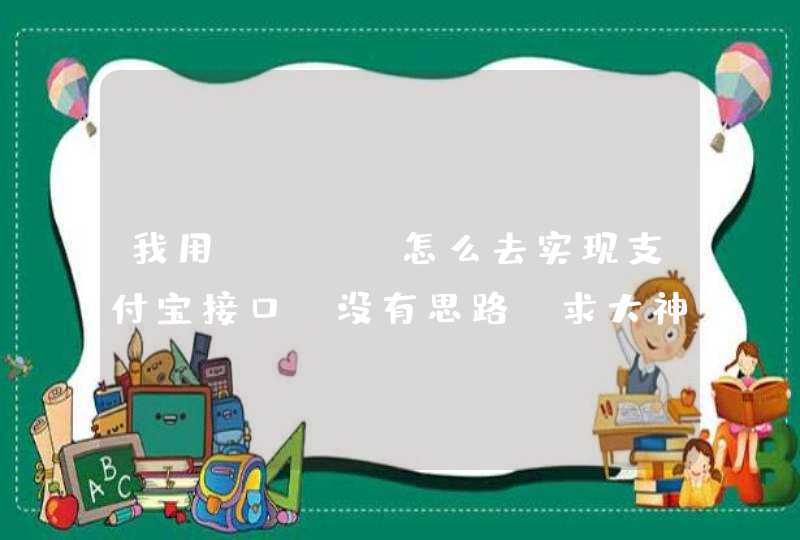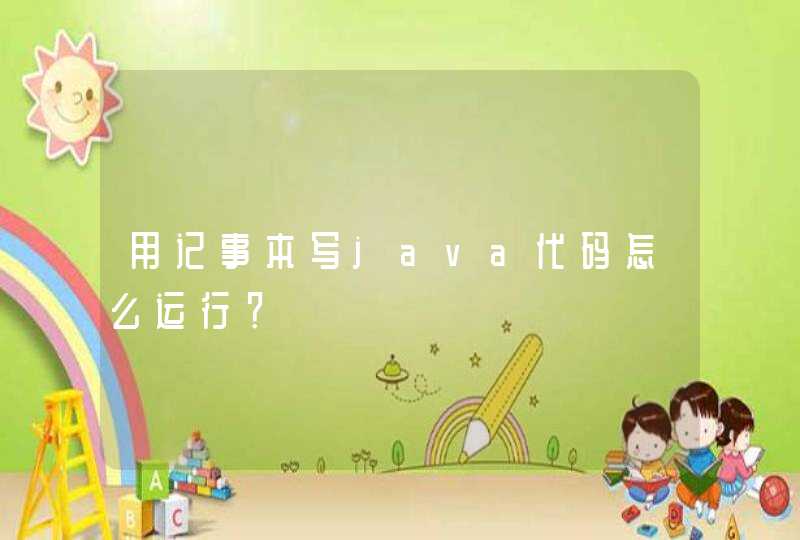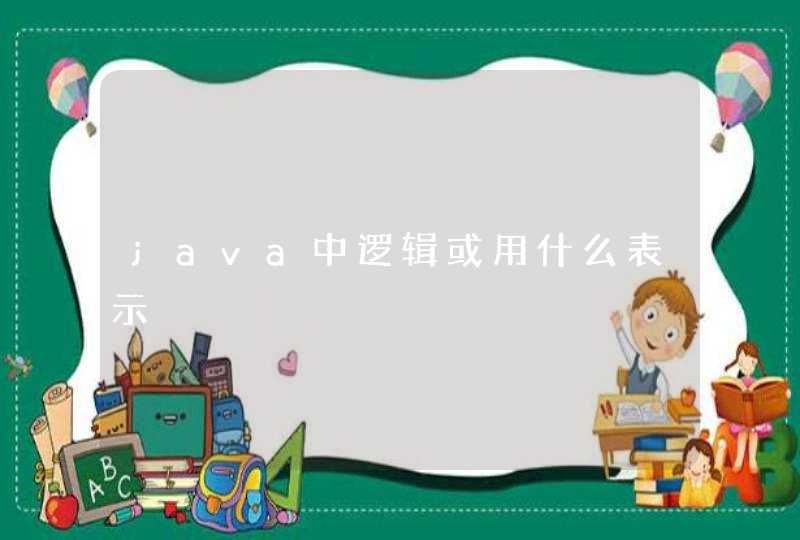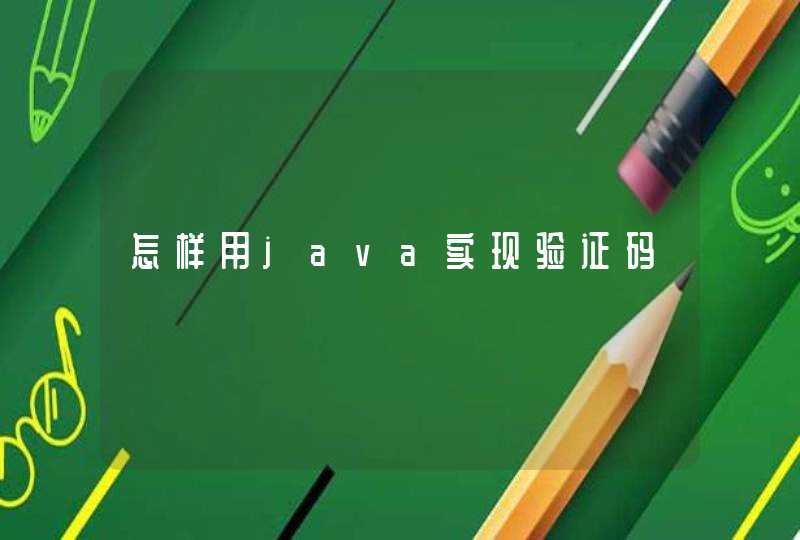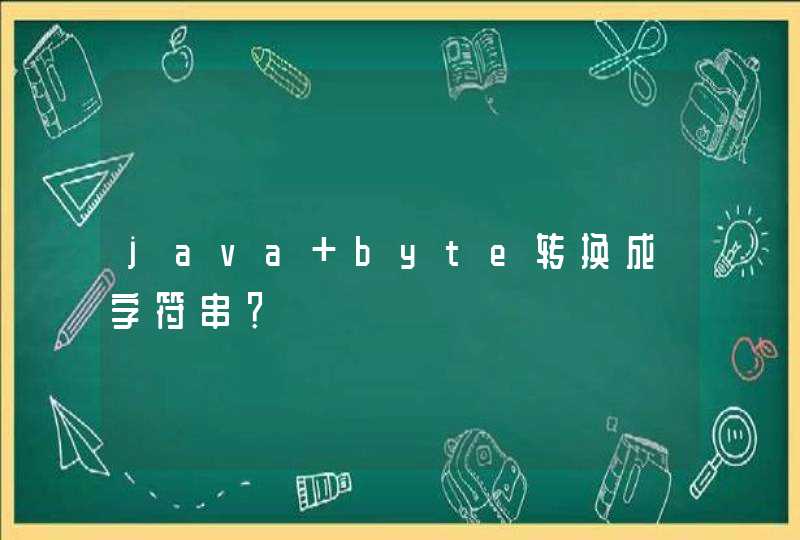
时间格式化输出主要有两种方式,代码如下:
//使用Calendar
Calendar now = Calendar.getInstance();
System.out.println("年:" + now.get(Calendar.YEAR));
System.out.println("月:" + (now.get(Calendar.MONTH) + 1));
System.out.println("日:" + now.get(Calendar.DAY_OF_MONTH));
System.out.println("时:" + now.get(Calendar.HOUR_OF_DAY));
System.out.println("分:" + now.get(Calendar.MINUTE));
ystem.out.println("秒:" + now.get(Calendar.SECOND));
//使用Date
Date d = new Date();
SimpleDateFormat sdf = new SimpleDateFormat("yyyy-MM-dd HH:mm:ss");
System.out.println("当前时间:" + sdf.format(d));
扩展资料
JAVA中获取当前系统时间。
import java.util.Date
import java.text.SimpleDateFormat
public class NowString {
public static void main(String[] args) {
SimpleDateFormat df = new SimpleDateFormat("yyyy-MM-dd HH:mm:ss")//设置日期格式
System.out.println(df.format(new Date()))// new Date()为获取当前系统时间
}
}
参考资料来源:百度百科:Java
楼主你好!给你写了个测试类希望能帮助你。这两个个方法只需要传入你要格式话的数据,就可以返回你想要的结果了。 package com.linepublic class T9 {/**
* <b>格式化一般数据为财务格式,eg:123,456,789.00</b>
*
* @param source
*String
* @return String
*/
public static String getCaiWuData(String source) {
StringBuffer str = new StringBuffer("")
if (source != null &&!source.equals("") &&source.length() >0
&&!source.equals("null")) {
if (source.lastIndexOf(",") >0) {
source =formatStr(source)
}
int dotIndex = 0
if (source.indexOf(".") <0) {
source += ".00"
}
dotIndex = source.indexOf(".")
int index = 0
String opt = ""
opt = source.substring(0, 1)
if (opt.equals("-")) {
source = source.substring(1)
str.append("-")
dotIndex = source.indexOf(".")
}
if (dotIndex <3) {
index += 1
str.append(source.substring(0, dotIndex))
}
if (dotIndex % 3 == 0) {
index += dotIndex / 3
} else {
index += (dotIndex - dotIndex % 3) / 3
}
if (index >0 &&dotIndex >= 3) {
for (int i = indexi >0i--) {
if (i == index) {
str.append(source.substring(0, dotIndex - i * 3))
}
if (dotIndex - i * 3 >0) {
str.append(",")
}
if (i >= 1) {
str.append(source.substring(dotIndex - i * 3, dotIndex
- (i - 1) * 3))
}
}
}
str.append(source.substring(dotIndex))
}
if (source.length() - source.lastIndexOf(".") <3) {
str.append("0")
}
int dot_index = str.toString().indexOf(".") + 2
int str_len = str.toString().length()
char[] strArr = str.toString().toCharArray()
StringBuffer rev = new StringBuffer()
for (int i = str_len - 1i >0i--) {// 除去尾数0,小数点后保留2位
if (i >dot_index
&&Integer.parseInt(new Character(strArr[i]).toString()) >0) {
rev.append(str.toString().substring(0, i + 1))
break
} else if (i == dot_index &&(int) strArr[i] >= 0) {
rev.append(str.toString().substring(0, dot_index + 1))
break
}
}
return rev.toString()
}
/**
* <b>格式化财务数据为一般字符串,eg:123456789.00</b>
*
* @param source
*String
* @return String
*/
public static String formatStr(String source) {
StringBuffer str = new StringBuffer("")
if (source != null &&!source.equals("") &&source.length() >0
&&!source.equals("null")) {
String temp = source.substring(0, 1)
if (temp.equals("-")) {
source = source.substring(1)
str.append("-")
}
String[] myarr = source.split(",")
int lastIndex = source.lastIndexOf(",")
if (lastIndex >0) {
for (int i = 0i <myarr.lengthi++) {
str.append(myarr[i])
}
}
if (source.lastIndexOf(",") <0) {
str.append(source)
}
if (source.lastIndexOf(".") <0) {
str.append(".00")
}
if (source.length() - source.lastIndexOf(".") <3
&&!"0".equals(source)) {
str.append("0")
}
} else {
return (str.append("0.00").toString())
}
return str.toString()
}
/**
* @param args
*/
public static void main(String[] args) {
T9 t=new T9()
System.out.println(t.getCaiWuData("1231313"))
System.out.println(t.formatStr("1,231,313.00"))
}}
Format 是一个用于格式化语言环境敏感的信息(如日期、消息和数字)的抽象基类。
Format 定义了编程接口,用于将语言环境敏感的对象格式化为 String(使用
format 方法)和将 String 重新解析为对象(使用
parseObject 方法)。
通常,一个 format 的 parseObject 方法必须能解析任何由其 format 方法格式化的字符串。不过,也可能存在不能解析的异常情况。例如,format 方法可能创建中间无分隔符的两个相邻整数,在这种情况下,parseObject 无法判断哪个数字属于哪个数。子类化
Java 平台为格式化日期、消息和数字分别提供了三个特殊的 Format 的子类:DateFormat、MessageFormat 和
NumberFormat。
具体的子类必须实现三个方法:
format(Object obj, StringBuffer toAppendTo, FieldPosition pos) formatToCharacterIterator(Object obj) parseObject(String source, ParsePosition pos)这些常规方法允许对对象进行多态解析和格式化,还可以被使用(如被 MessageFormat 使用)。子类通常也为特定的输入类型提供了另外的 format 方法,也为特定的结果类型提供了 parse 方法。当在输入文本的开始没有任何所需格式的文本时,则任何不带 ParsePosition 参数的 parse 方法都应该抛出 ParseException。
大多数子类还将实现以下工厂方法:
getInstance 获取一个适合于当前语言环境的有用的格式对象 getInstance(Locale) 获取一个适合于指定语言环境的有用的格式对象。


